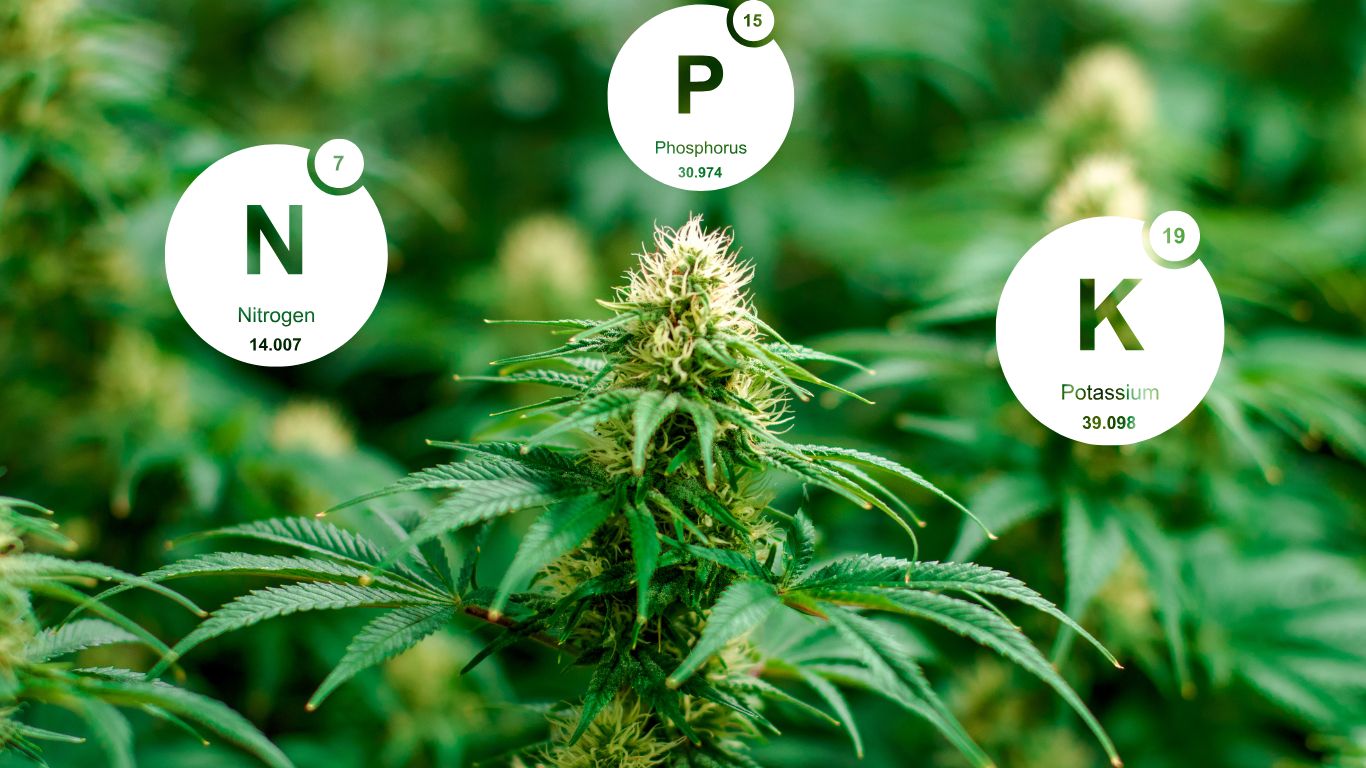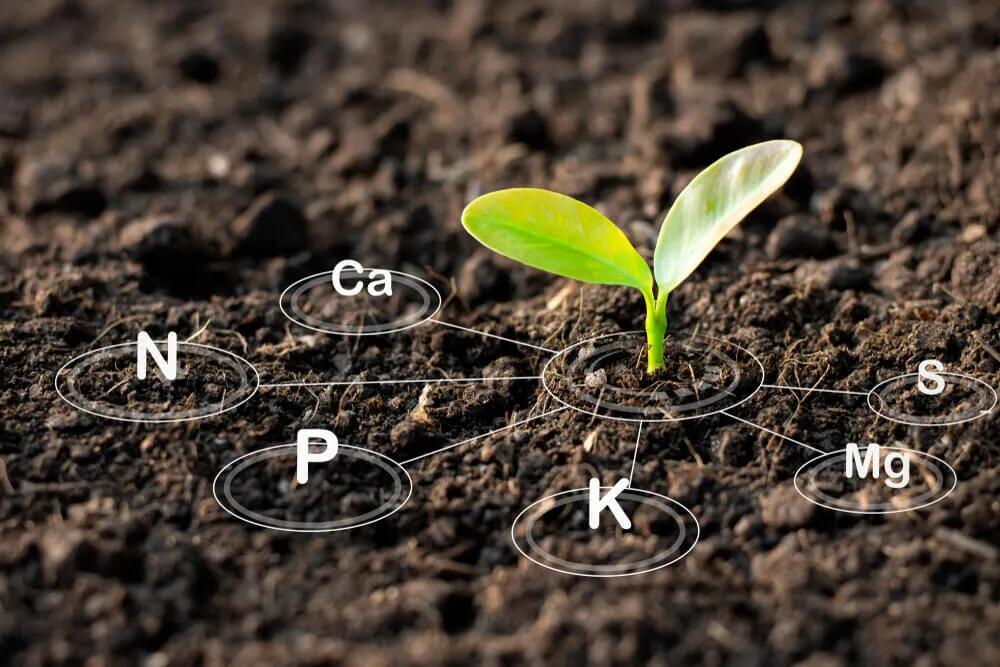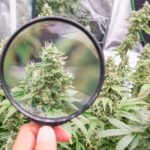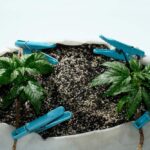The Best Fluffy Pancakes recipe you will fall in love with. Full of tips and tricks to help you make the best pancakes.

What is the Best NPK Ratio for Cannabis?
If you’re growing cannabis (or weed), getting the right balance of nutrients is essential for healthy plant growth. One of the key factors is the NPK ratio, which stands for Nitrogen (N), Phosphorus (P), and Potassium (K). These nutrients are critical at each stage of your plant’s life, and using the correct ratio can make a huge difference in the size and quality of your yield. Let’s break down the best NPK ratios for optimal growth throughout the various stages of your cannabis plant’s life.
Understanding NPK Ratios
What does NPK stand for?
NPK refers to the three primary nutrients that are essential for plant growth: Nitrogen, Phosphorus, and Potassium. Nitrogen promotes leaf growth, Phosphorus encourages strong roots and bud development, while Potassium supports overall plant functions. Getting the right balance of these elements is key to having a healthy cannabis grow.
Importance of each nutrient (Nitrogen, Phosphorus, Potassium)
Nitrogen is the driving force behind your plant’s leaf and stem growth during the vegetative stage. Phosphorus helps develop a strong root system and plays a critical role when the plant starts producing buds. Potassium, meanwhile, is responsible for supporting the plant’s immune system, water uptake, and nutrient transportation, keeping everything in balance.
How NPK ratios impact cannabis growth
Different stages of cannabis require different NPK ratios. During the vegetative stage, higher nitrogen levels promote lush foliage, while in the flowering stage, your cannabis plants need more phosphorus and potassium to boost bud production. Adjusting the NPK ratio at each stage of growth helps ensure your plant thrives throughout its life cycle.

NPK Ratios for Different Growth Stages
Seedling stage: Should you use fertilizer?
In the seedling stage, your cannabis plant doesn’t need much extra help in the way of fertilizer. The tiny plant already gets what it needs from the nutrients in the soil, so it’s best to avoid adding additional NPK at this point. Over-fertilizing in the seedling stage can cause more harm than good.
Vegetative stage: Ideal NPK ratios (e.g., 3:1:1)
When your cannabis plants hit the vegetative stage, they start craving nutrients, especially nitrogen, which is crucial for leafy growth. A 3:1:1 NPK ratio works best during this time, delivering plenty of nitrogen to fuel rapid growth while still providing enough phosphorus and potassium to keep the plant healthy.
Flowering stage: Shifting NPK ratios (e.g., 1:3:2 and 0:3:3)
As your plants transition to the flowering stage, their nutrient needs shift. You’ll want to reduce nitrogen and increase phosphorus and potassium to help develop big, dense buds. An NPK ratio of 1:3:2 works well in early flower, and as you move into late flower, drop nitrogen completely and go with 0:3:3 for optimal bud growth and flavor.
Late flowering and flushing: Why lower nitrogen is crucial
At the end of the flowering stage, too much nitrogen can negatively affect the flavor and quality of your buds. To avoid this, flush out any excess nutrients with plain water in the final weeks before harvest. This helps ensure your weed tastes smooth and smokes well, without that harsh aftertaste caused by lingering nitrogen.
How to Adjust NPK Ratios for Optimal Growth
Soil vs. hydroponic systems: Do the ratios change?
Yes, the NPK ratios can vary depending on your growing method. In soil, nutrients break down and are released slowly, so you may not need to feed as often. In hydroponic systems, the plants get nutrients directly from the water, which means you need to be more precise with your NPK ratios. Either way, the same basic ratios apply, but monitor your plants closely and adjust as needed.
Organic vs. synthetic fertilizers: Which is better?
Both organic and synthetic fertilizers can work well for growing cannabis. Organic fertilizers improve soil health and are slow-releasing, which reduces the risk of overfeeding. Synthetic fertilizers give you more control over exact nutrient ratios and work faster. It’s all about what works best for your grow style and how you want to learn to care for your plants.
Common mistakes when applying NPK ratios
Overfeeding is a big mistake, especially when it comes to nitrogen. Too much nitrogen during the flowering stage can stunt bud development and leave you with harsh-tasting weed. It’s also easy to underfeed, so be sure to track your plant’s progress and adjust your fertilizer as needed. Start slow and build up over time—you can always add more, but it’s harder to fix overfeeding!
How to identify NPK-related nutrient deficiencies
Signs of nutrient deficiencies can show up in your plant’s leaves. Yellowing or pale leaves indicate a lack of nitrogen, while purple stems or poor bud development could point to low phosphorus. Potassium deficiencies often show up as curled or scorched leaf tips. Keep an eye out for these signs and tweak your NPK ratios accordingly.
Additional Nutrients Beyond NPK
The role of secondary nutrients (calcium, magnesium, sulfur)
Besides NPK, cannabis plants need secondary nutrients like calcium, magnesium, and sulfur. Calcium strengthens cell walls and roots, magnesium aids photosynthesis, and sulfur helps produce proteins. While these nutrients are needed in smaller amounts, they’re still essential for keeping your plants healthy and ensuring optimal growth.
Micronutrients and their importance for cannabis
Micronutrients like zinc, copper, and iron also play a vital role in cannabis growth. These elements support important functions like enzyme production and nutrient absorption. If your plants show signs of stunted growth or discolored leaves, they could be lacking these critical micronutrients.
FAQ:
What is the ideal NPK ratio for cannabis during each stage of growth?
During the vegetative stage, a 3:1:1 ratio is recommended. Early flowering benefits from 1:3:2, while late flowering thrives on 0:3:3 for best bud development.
Can I use all-purpose fertilizers for cannabis?
All-purpose fertilizers lack the specific nutrient balance that cannabis needs, especially during the flowering stage. Cannabis-specific fertilizers offer better results.
What happens if I give my cannabis plants too much nitrogen?
Too much nitrogen can cause dark, drooping leaves and poor bud development. It’s important to reduce nitrogen during flowering to avoid a harsh taste.
Should I use organic or synthetic fertilizers for my cannabis plants?
Organic fertilizers improve soil health and are slower acting, while synthetic fertilizers provide faster, more precise control over NPK ratios. Choose based on your grow goals.
Can I reuse my nutrient solution from a previous grow?
Reusing old nutrient solutions isn’t recommended, as the nutrient balance may be off, leading to deficiencies or toxicity in your new grow.
Finding the right NPK ratio for each stage of cannabis growth is key to getting a successful harvest. By adjusting your nutrients as your plants progress through the vegetative and flowering stages, and keeping an eye on additional needs like calcium and magnesium, you’ll set yourself up for a smooth, healthy grow. Keep learning, keep experimenting, and your weed will only get better!





wasn’t exactly what I was looking for but still somewhat helpful